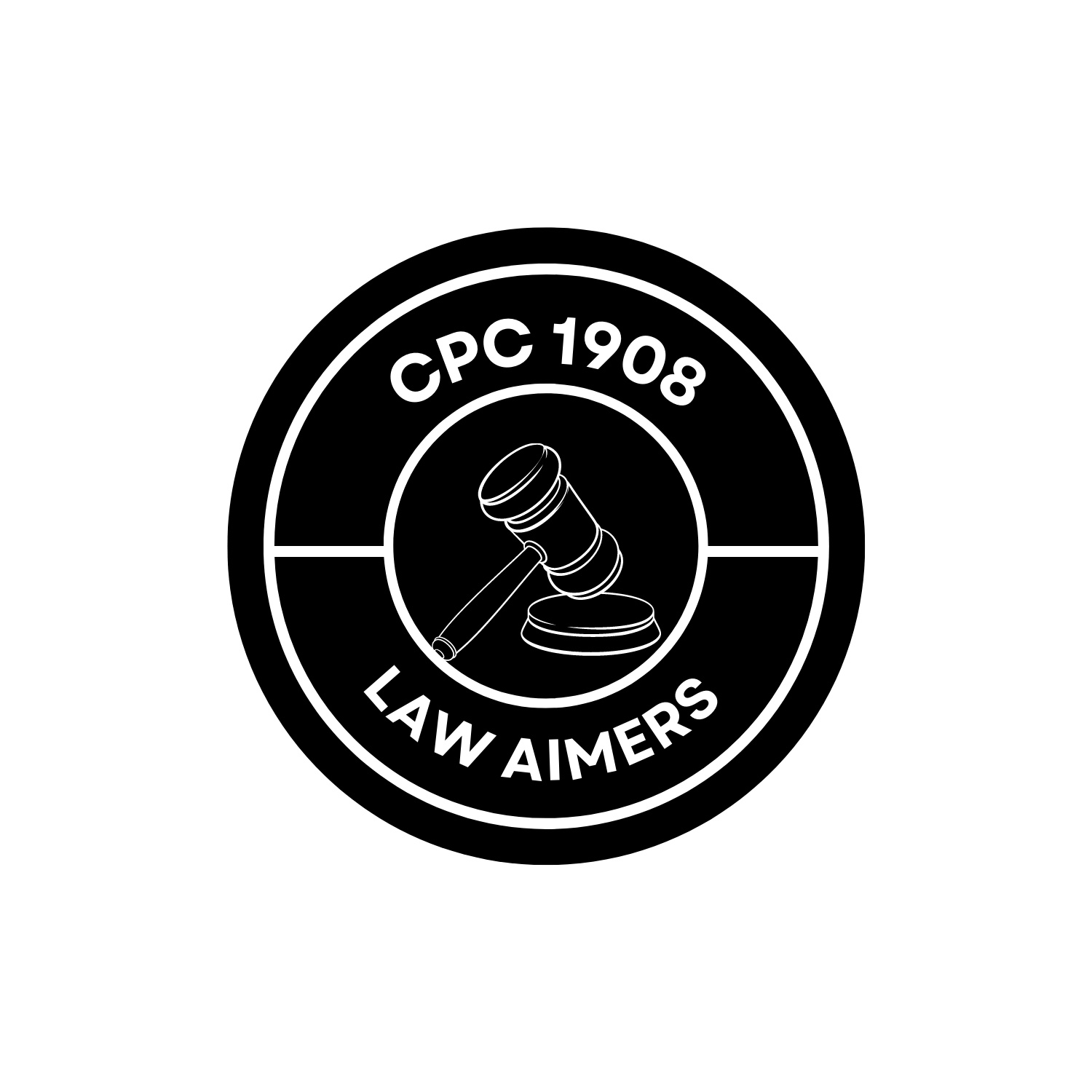(1) Where an application is expected to be made, or has been made, in a suit or proceeding instituted, or about to be instituted, in a Court , any person claiming a right to appear before the Court on the hearing of such application may lodge a caveat in respect thereof.
(2) Where a caveat has been lodged under sub-section (1), the person by whom the caveat has been lodged (hereinafter referred to as the caveator) shall serve a notice of the caveat by registered post, acknowledgement due, on the person by whom the application has been, or is expected to be, made, under sub-section (1).
(3) Where, after a caveat has been lodged under sub-section (1), any application is filed in any suit or proceeding, the Court, shall serve a notice of the application on the caveator.
(4) Where a notice of any caveat has been served on the applicant, he shall forthwith furnish the caveator at the caveator’s expense, with a copy of the application made by him and also with copies of any paper or document which has been, or may be, filed by him in support of the application.
(5) Where a caveat has been lodged under sub-section (1), such caveat shall not remain in force after the expiry of ninety days from the date on which it was lodged unless the application referred to in sub-section (1) has been made before the expiry of the said period.





